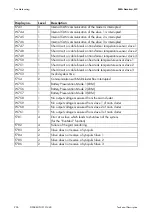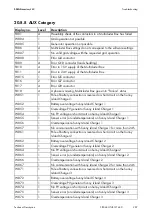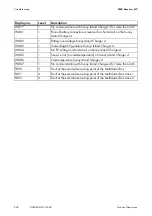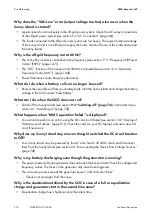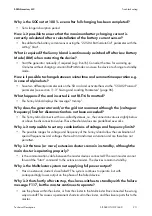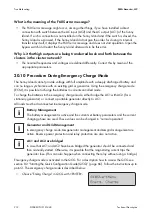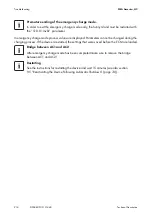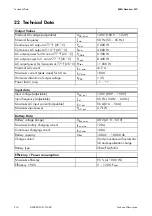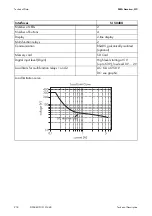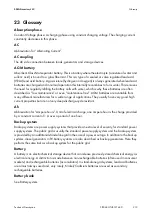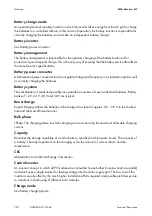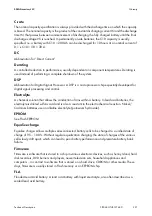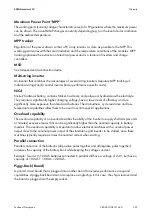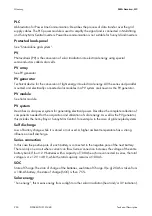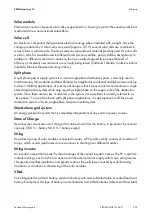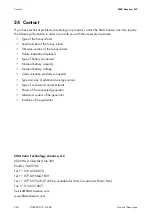
Glossary
SMA America, LLC
220
SI5048U-TUS121440
Technical Description
Battery charge mode
An operating mode of a battery inverter in which the inverter takes energy from the AC grid to charge
the batteries in a controlled fashion. In this mode of operation, the battery inverter is responsible for
correctly charging the batteries and acts like an independent battery charger.
Battery inverter
See Battery power converter.
Battery management
The battery management is responsible for the optimum charging of the battery bank and for
protection against deep discharge. This is the only way of ensuring that the battery service life reflects
the manufacturer's specifications.
Battery power converter
A bidirectional power converter that can regulate voltage and frequency in a standalone grid as well
as correctly charging the batteries.
Battery system
The combination of serial and possibly also parallel connection of several identical batteries. Battery
banks of 12 V, 24 V, 48 V and 60 V are typical.
Boost charge
Rapid charging: Allows the batteries to be charged to a level of approx. 85 – 90 % in the shortest
time and the most efficient manner.
Bulk phase
I-Phase: The charging phase in which charging can be done using the maximum allowable charging
current.
Capacity
Describes the storage capability of a cell or battery, specified in Ah (ampere hours). The capacity of
a battery is heavily dependent on the charging cycle, the amount of current drawn and the
temperature.
CEC
Abbreviation for California Energy Commission
Central inverter
An inverter concept, in which all PV modules are connected to each other (in series and/or parallel)
and which uses a single inverter for feeding energy into the mains supply grid. The low cost of the
inverter is usually offset by the much higher installation efforts required and possible yield losses due
to variations in shadowing of different solar modules.
Charge mode
See Battery charging mode.

